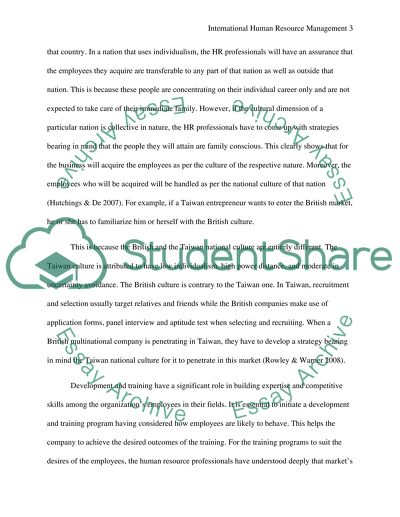Cite this document
(“International Human Resource Management CZ18 Essay”, n.d.)
International Human Resource Management CZ18 Essay. Retrieved from https://studentshare.org/human-resources/1690730-international-human-resource-management-cz18
International Human Resource Management CZ18 Essay. Retrieved from https://studentshare.org/human-resources/1690730-international-human-resource-management-cz18
(International Human Resource Management CZ18 Essay)
International Human Resource Management CZ18 Essay. https://studentshare.org/human-resources/1690730-international-human-resource-management-cz18.
International Human Resource Management CZ18 Essay. https://studentshare.org/human-resources/1690730-international-human-resource-management-cz18.
“International Human Resource Management CZ18 Essay”, n.d. https://studentshare.org/human-resources/1690730-international-human-resource-management-cz18.


